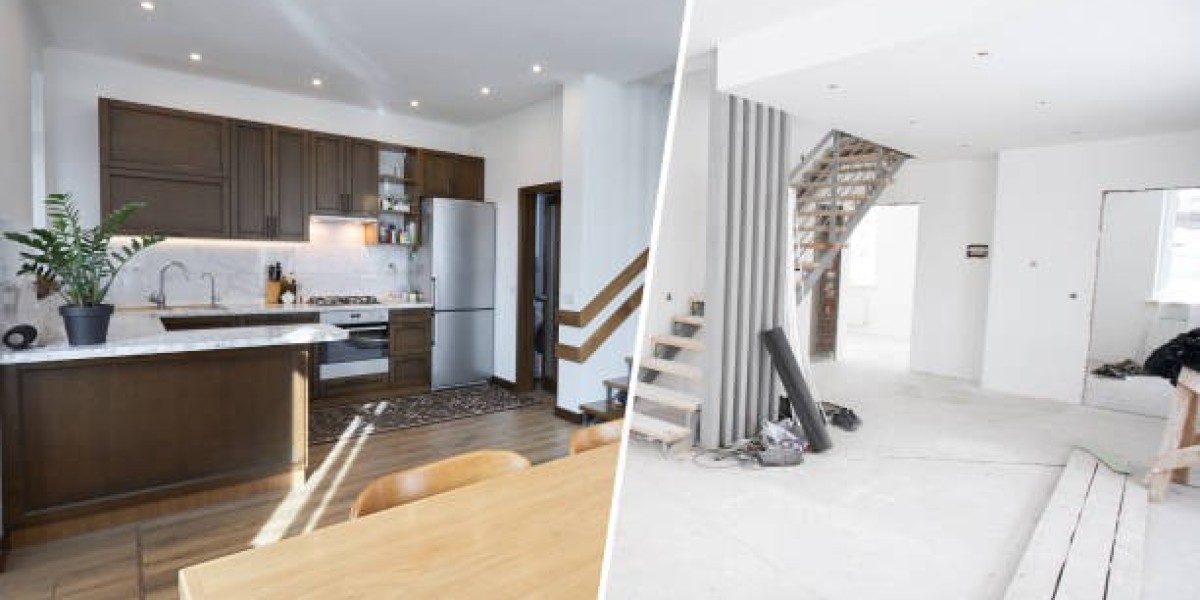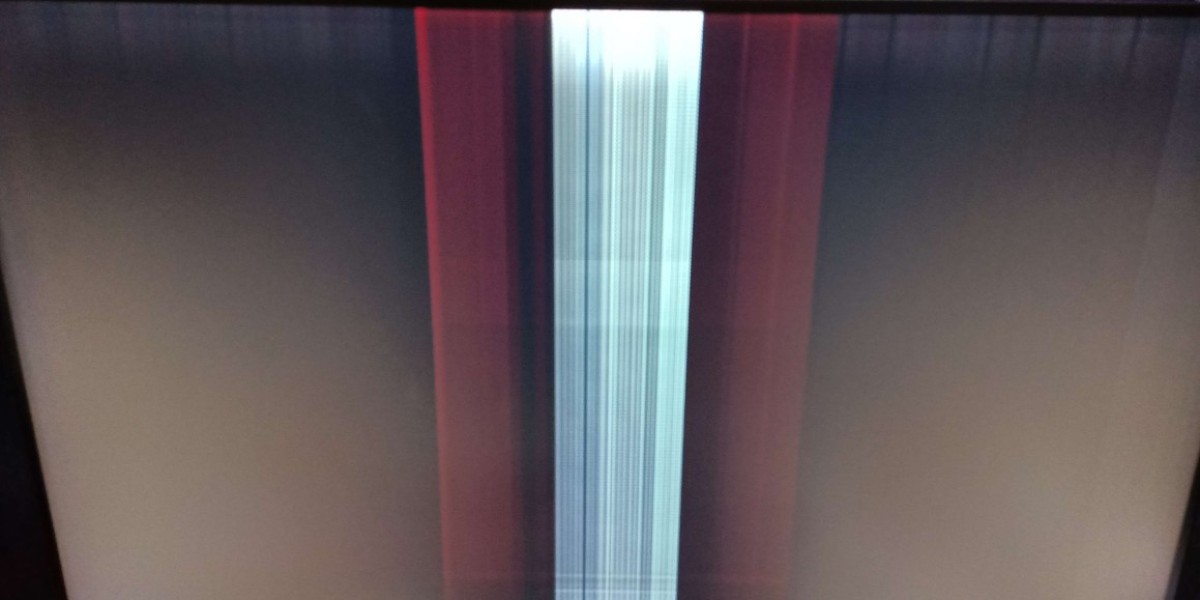In today’s rapidly advancing digital age, technology plays an essential role in transforming the way we experience interior spaces. From enhancing comfort and functionality to pushing the boundaries of creativity, technological advancements are reshaping the field of interior architecture. LLA Designer, known for its innovative approach in creating sustainable and modern designs, understands the importance of integrating cutting-edge technology into every project. The combination of interior design with the latest tech innovations is a game-changer, and it’s reshaping not just how we live but also how we interact with our spaces.
The Rise of Smart Homes
One of the most significant innovations in interior architecture is the rise of smart homes. Smart homes are equipped with devices that allow homeowners to control various aspects of their living environment remotely. From adjusting the thermostat and lighting to controlling security systems, everything can be managed with the touch of a button or through voice commands. The integration of technology into interior spaces is no longer a luxury but a necessity for modern living. It allows individuals to experience a higher level of comfort, convenience, and security in their homes.
For instance, automated lighting systems can be programmed to adjust based on the time of day or the presence of people in the room, creating the ideal ambiance and reducing energy consumption. Similarly, smart appliances like refrigerators, ovens, and washing machines can be connected to your phone, providing updates on their status and enabling remote control. These elements not only make life more convenient but also enhance energy efficiency, a key factor in sustainable interior architecture.
Sustainability Meets Technology
As sustainability becomes a priority in design, technology offers significant solutions to improve energy efficiency and reduce waste. Smart home technologies are particularly effective in achieving these goals. Systems like automated climate control and smart lighting ensure that energy is only used when necessary, leading to lower utility bills and a smaller environmental footprint. Moreover, advanced insulation materials and energy-efficient windows, powered by the latest tech, contribute to better temperature regulation, ensuring that homes stay comfortable while using minimal energy.
Companies like LLA Designer incorporate green technologies into their projects, creating spaces that are not only stylish but also environmentally responsible. The integration of renewable energy sources like solar panels, smart water usage systems, and energy-efficient appliances allows clients to live in homes that contribute to a sustainable future while enjoying state-of-the-art technology.
Augmented Reality and Virtual Reality in Design
Another fascinating technological advancement in interior architecture is the use of Augmented Reality (AR) and Virtual Reality (VR). These tools allow architects and designers to visualize spaces in three dimensions, providing clients with a realistic preview of how a space will look and feel before it’s even built.
For clients, AR and VR are revolutionary. They can "walk through" a home before the first brick is laid, offering a deeper understanding of how the space will function and feel. This level of interaction also allows for better decision-making in terms of layout, lighting, and material choices. It minimizes the risk of design errors and misinterpretations, ensuring that the final product exceeds expectations.
For architecture companies in Dubai and beyond, the integration of AR and VR is a game-changer. By using these tools, firms can deliver designs that are both highly functional and visually compelling, allowing for an enhanced client experience throughout the design process.
The Future of Interior Architecture: Automation and AI
Looking ahead, the future of interior architecture will likely be heavily influenced by automation and Artificial Intelligence (AI). As AI technology evolves, smart homes will become even more intelligent, able to anticipate the needs of their inhabitants. For example, AI systems could learn the preferences of the occupants and automatically adjust lighting, temperature, and even the layout of furniture based on their habits and moods.
Incorporating AI into interior architecture can enhance the overall living experience. AI-driven designs can identify the best furniture arrangements, predict wear and tear on various surfaces, and even optimize the use of space in apartments, particularly in urban settings where space is limited. Furthermore, AI can help architects in Dubai and around the world to optimize designs in real-time, considering factors like sunlight, air circulation, and even human activity patterns, to create spaces that are not only beautiful but also extremely functional.
Transforming Commercial Spaces
The impact of technology isn't limited to residential interiors. Commercial spaces are also benefiting from technological advancements. In office buildings, for example, smart office systems can help improve employee productivity by adjusting lighting and temperature according to individual preferences. Smart desks can adjust to an ergonomic position, and the integration of digital interfaces makes collaboration and communication more efficient.
Retail spaces are also utilizing technology to create more immersive shopping experiences. Augmented reality is being used to allow customers to "try on" products virtually, while interactive displays offer tailored recommendations. The integration of technology into commercial interior design is helping businesses meet the demands of modern consumers, while also enhancing the functionality and aesthetic appeal of their spaces.
Conclusion
Technology has undeniably revolutionized the field of interior architecture, and its influence will continue to grow in the years to come. Whether it’s through the rise of smart homes, the use of AR and VR for design visualization, or the implementation of AI and automation, technology is helping create spaces that are not only beautiful but also more functional, sustainable, and personalized. Companies like LLA Designer, with their forward-thinking approach to design, are leading the way in integrating technology into their projects, ensuring that they meet the needs of modern-day homeowners and businesses.
As interior architecture continues to evolve, it’s clear that the role of technology is central to shaping the homes and spaces of tomorrow. Whether you're looking to create a smart home, reduce energy consumption, or improve the functionality of a commercial space, the integration of the latest technological innovations will be key to achieving these goals. As a leading force in the industry, LLA Designer is committed to embracing these advancements, ensuring that their clients enjoy the benefits of the latest trends in smart living and interior architecture.








